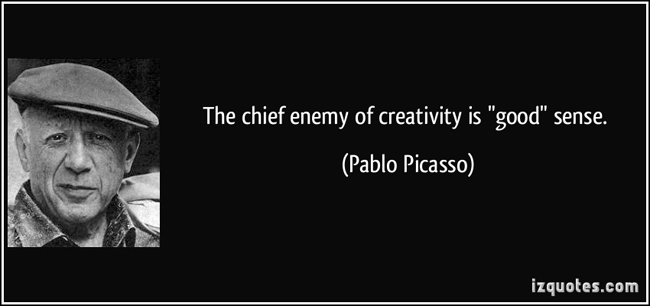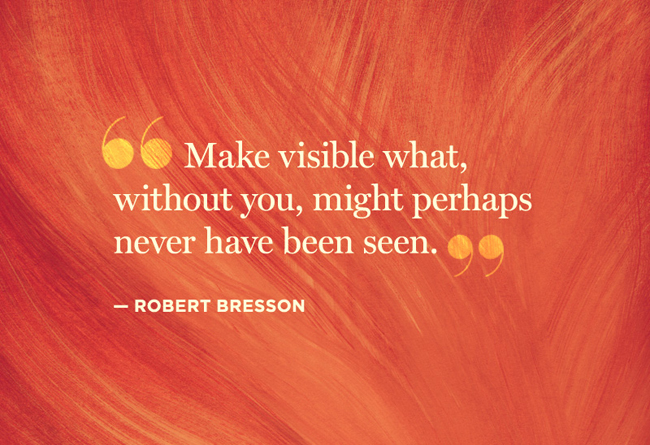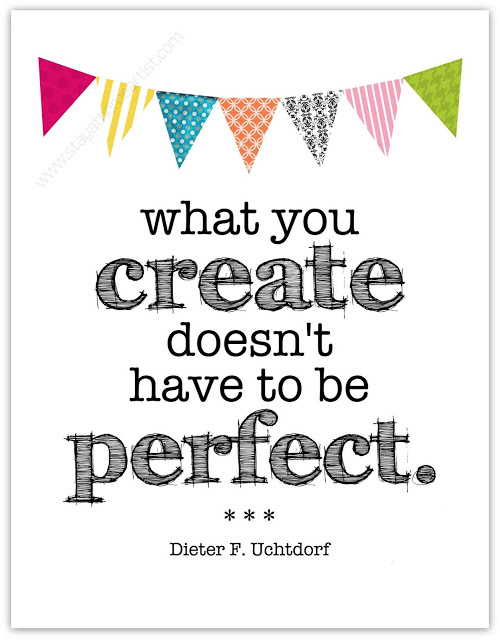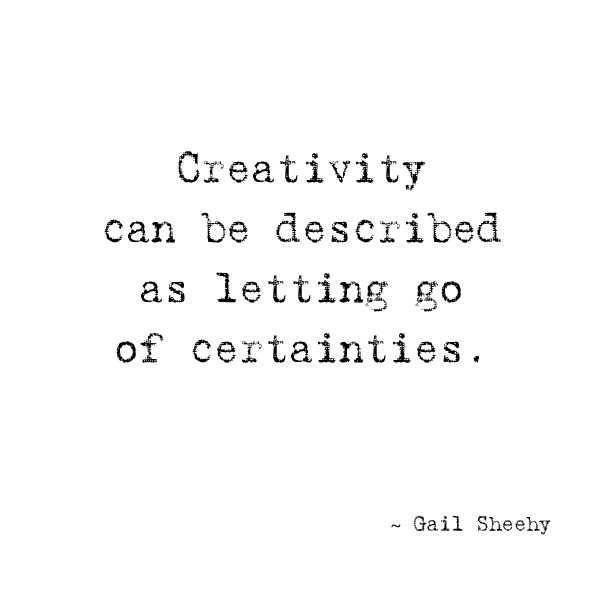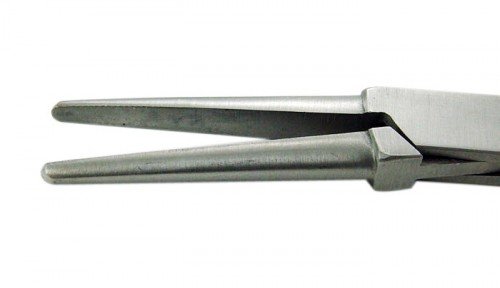As a poet since at least the age of 7, I’ve experimented quite a bit with writing and reading poetry, working with word choices, line breaks, rhythms, punctuation, and several other tools to help get just the right effect for my poems. For me, poetry is very natural and has always been so.
But for some, poetry can seem at first like the most approachable and the most difficult literary form out there. Sometimes it seems like poetry is so “simple” that it’s easy to over-complicate it or mess it up.
If you’re new to poetry (or even if you’re not), try out the following 4 tips to create and shape your own lines. You might be surprised at the grace your words can have!
#1: Read Your Poetry Aloud
This is the first and probably best overall tip for writing poetry–reading your words aloud can help you solve most poetry issues, such as off-beat word rhythms, weird punctuation, awkward word choice, and the “flow” of lines together. Plus, it can help consolidate the idea behind the poem, so that you can cut out unnecessary material if need be.
#2: Play with Line Breaks and Spaces
Poetry can have a visual effect as well as a verbal and mental effect. Check out the differences in these three examples, all identical except with regards to line breaks and spaces:
Example #1
you smiled
and my watch stopped ticking
you spoke
and my heart and breath waited
to make sound
so they wouldn’t drown out
your voice
Example #2
you smiled
and my watch
stopped
ticking
you spoke
and my heart
and breath
waited
to make sound
so they wouldn’t
drown out
your voice
Example #3
you smiled and my watch stopped ticking
you spoke and my heart and breath waited
to make sound
so they wouldn’t drown out your voice
The line breaks and spaces in a poem give the reader’s eye a little rest, as well as implying small pauses and intakes of breath. As for the “correct” line breaks and spaces, it’s all subjective; it’s all up to your interpretation as to what “feels right” in your poem. (Side note: of the three examples above, I like #2 the best–the short lines lend a slightly breathless quality to the words of this love poem, and the amount of spaces make me think of halting, stuttering, “first-date” kind of feelings. Which example do you like best?)
#3: Use Your Natural Language
You will get the most natural and flowing poetry if you use words and phrases that are natural to you. Don’t get me wrong, it’s nice to have a few “vocabulary words” in your poetry every now and again if it makes sense, but your poetry doesn’t have to look like a dictionary or thesaurus threw up in it, either.
Trying to use unfamiliar words can make poetry feel stilted and un-expressive–the last things you want your poetry to be. Make your poems sound as much like you as possible, warts and all; after all, you’re the only one who can write like you!
#4: Commas or No Commas? That’s Your Discretion (Mostly)
Punctuation in poetry is a relatively thorny issue–some folks say you need it, others (like me) think that line breaks/spaces can achieve the same goal without cluttering up your verses. But there’s really not a wrong way to use punctuation in your verses, since poetry is not just communication, but art.
Do whatever looks and feels natural for your poetry, whether it’s putting punctuation in or not. Just please try to avoid the following style, which I call “comma-itis” (LOL):
when a poem,
has commas at the end,
of every line without,
really making sense,
it really annoys,
most readers,
no end.
Summary
Poetry doesn’t have to be daunting–trying any one of these tips (or all of them together) can help you write a set of beautiful verses. Put pen to paper (or open a new text document) and see what you can come up with!




